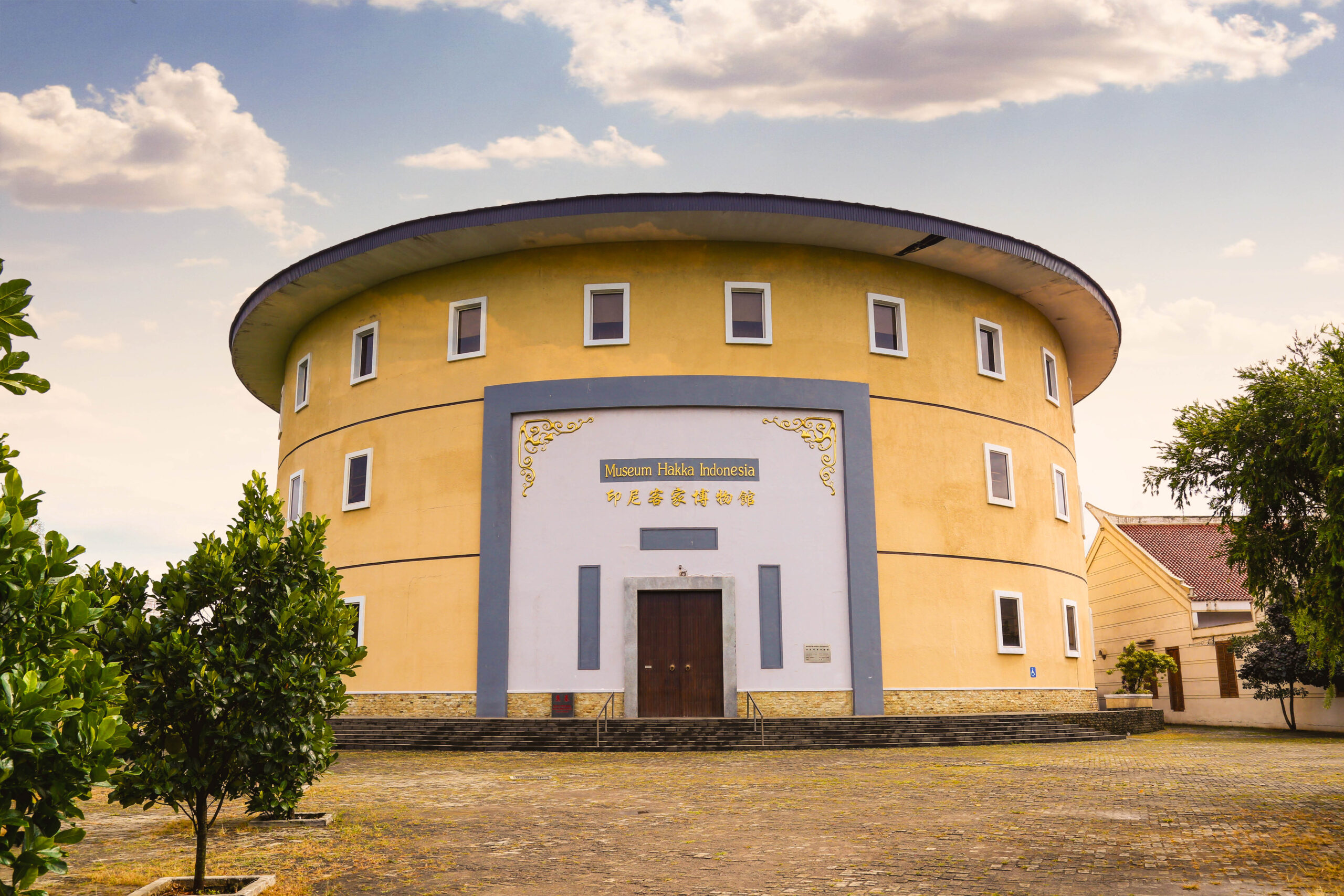At the Hakka Museum, visitors are invited to explore the rich history of the Chinese-Indonesian community, particularly the Hakka Yongding ethnic group, through three exhibition halls: the Museum of Chinese Indonesians, the Museum of Hakka Indonesia, and the Museum of Yongding Hakka Indonesia. The building’s circular architecture is inspired by the Tulou, a distinctive communal residence traditionally inhabited by Hakka Yongding ancestors in the mountainous region of Fujian, China. The story behind this architectural heritage is explored in the Yongding Hakka Indonesia Museum, located on the first floor. This section also introduces visitors to notable Yongding figures and highlights the social contributions of the Hakka community. Closely associated with the pharmaceutical trade, the Hakka Yongding people of Indonesia display traditional Chinese medicinal shop equipment here, offering a glimpse into their primary livelihood.
On the second floor, the Museum of Chinese Indonesians features seven thematic galleries. These exhibits trace the history of Chinese communities in the Indonesian archipelago, from their arrival and occupational roles during the colonial era to their significant contributions to Indonesia’s independence. The displays also highlight Chinese-Indonesian arts, culture, and their participation in various national industries.
The third floor welcomes visitors to a display of traditional cultural artifacts from the Hakka community across the archipelago. These include miniature houses, agricultural tools, bridal suite, sedan chairs, household utensils, and other historical items in the Indonesian Hakka Museum. Further insights into Hakka culture are offered through visual exhibits of Hakka cuisine, stories of migration, educational and cultural practices, and profiles of notable Hakka figures.












